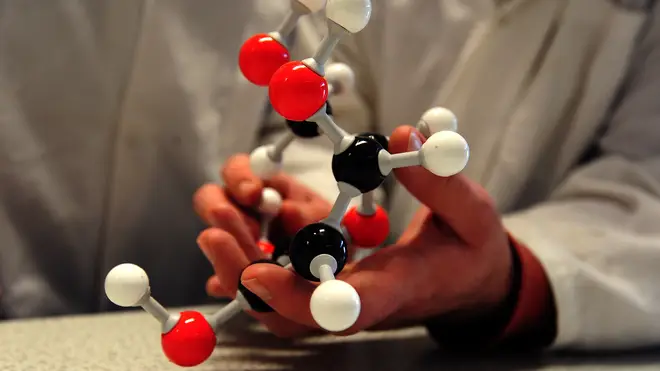
Natasha Devon 6pm - 9pm
18 February 2021, 00:04

Walls that use carbon dioxide to heal cracks and medical implants which can target doses are among animate material ideas cited by the Royal Society.
Gadgets, medical implants and buildings that are able to shape-shift and self-heal based on how the living body works should be explored for a sustainable future, a Royal Society report has said.
Human-made materials which are able to mimic living systems could deliver major change across a range of sectors, scientists claim.
These are known as animate materials, capable of adapting in a number of ways to their environment.
Walls that harvest carbon dioxide from the air to heal themselves, medical devices which can speed up healing and target doses automatically, as well as clothing that changes according to a person’s body temperature, are among the innovations that the report highlights.
Such technology is currently being researched in some areas; for example, roads that can self-heal cracks to prevent potholes.
Paint with self-healing properties that can react to wear and tear can already be found on the market.
But focusing on developing more biologically-inspired materials could extend the lifespan of electronic devices, medical implants and infrastructure, and unlock an array of environmental benefits, the Royal Society’s Perspective on Animate Materials report explains.
It says one way to make such futuristic visions a reality is by bringing together researchers from different areas.
“Because the kit that’s entered our homes and lives is so complex, we’re all helpless when it breaks,” said Professor Mark Miodownik, from University College London, one of the report’s co-chairs.
“Phones are an obvious example, but you can see it across our society. Too often one bit goes wrong and the whole thing is scuppered.
“Biology is much more robust, it adapts, it self-repairs.
“One of the messages of the report is that we should ensure that sustainability and circularity is baked in at every step.
“While animate adaptive materials could improve longevity, we also need to think about where we source raw materials and their eventual disposal or reuse when that lifespan is up.
“These calls chime with the drive to build the UK’s basic science and high-risk, challenge-led research capacity together. Because the ultimate goal might be sustainability, but the science that needs to be done is deeply blue skies.”
The Royal Society says those involved need to build public trust early, to minimise the risk of the role of animate materials being distorted or misunderstood.
They are also calling on the public to submit potential ideas that could deliver real societal benefits.
“What this report does, for the first time, is stand back and look at the breadth of possibilities animate materials offer us from the built environment to medical applications,” said Professor Russell Morris, University of St Andrews, who also co-chaired the report.
“We are likely to see an increase in the use of these types of materials by 2050, so now is the time to think about good practice and the opportunities and risks that may arise, how business models need to change to prioritise sustainability, and how we involve the public so we can bring them with us on this journey.”